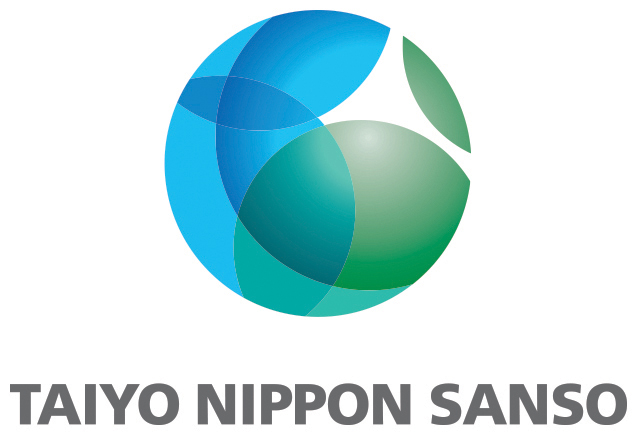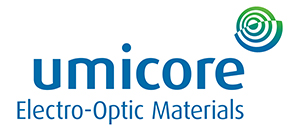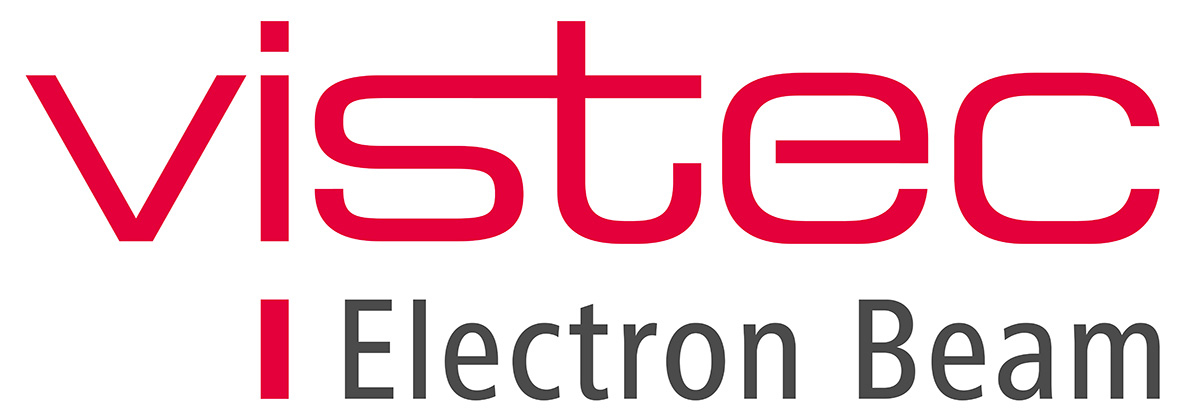Bandgap and device engineering boost DUV LED efficiency
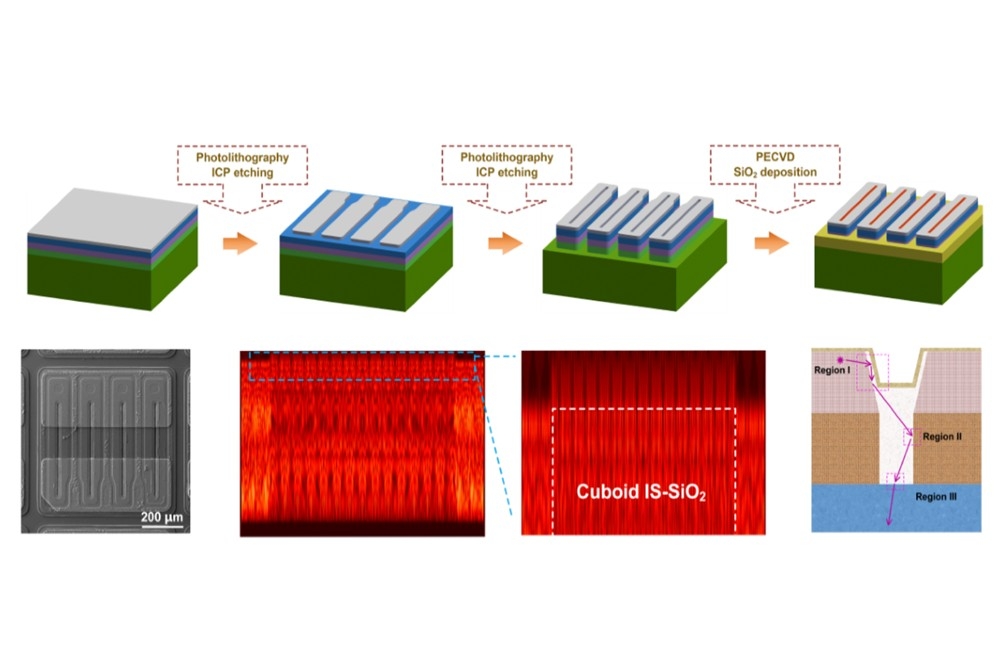
Researchers from Wuhan University in China have unveiled a new approach to boost the performance of AlGaN-based deep-ultraviolet light-emitting diode (DUV LED) by employing tailored quantum wells and SiO2 insertion structure.
“We combine bandgap engineering with device craft to improve the radiative recombination efficiency and light extraction efficiency of the AlGaN-based DUV LED. Introducing the tailored quantum wells suppresses quantum-confined Stark effect (QCSE), thereby enhancing the radiative recombination efficiency of carriers in high-Al-content AlGaN quantum wells, " said Shengjun Zhou, a professor at Wuhan University who directed the research..
"In addition, employing the vertical SiO2 insertion structure not only improves the current distribution in the active region, but also deflects the transverse magnetic (TM)-polarised light to be emitted from the bottom of the flip-chip LEDs,” he added.
Compared with conventional mercury lamp, AlGaN-based DUV LEDs have longer lifetimes, greater stability, more environmentally friendly manufacturing and more flexible operation, however, the poor external quantum efficiency still hinders their further development owing to the strong QCSE and low TM-polarised light extraction efficiency.
At 850 mA, this DUV LED delivers an LOP up to 140.1 mW. More importantly, the external quantum efficiency of the DUV LED is 4.5 times greater than that of its conventional counterpart.
The team says the work provides a widely applicable strategy for fabricating high-power AlGaN-based DUV LEDs for the applications in biomedical testing, water/air purification, and other relevant fields.
Reference
‘Highly Efficient AlGaN-based Deep-ultraviolet Light-emitting Diodes: from Bandgap Engineering to Device Craft’ by Xu Liu et al; Microsystems & Nanoengineering, 10, 110 (2024).
Secure Your Hydrogen Supply
A study supply of high-purity hydrogen is critical to semiconductor fabrication. Supply chain interruptions are challenging manufacturers, leading to production slowdowns and stoppages. On-site hydrogen generation offers a scalable alternative for new and existing fabs, freeing the operator from dependence on delivered gas.Plant managers understand the critical role that hydrogen plays in semiconductor fabrication. That important job includes crystal growth, carrier gas, wafer annealing, and in the emerging Extreme UV Lithography (EUV) that will enable new generations of devices. As the vast need for semiconductors grows across all sectors of world economies, so does the need for high-purity hydrogen.
Take control with Nel on-site hydrogen generation.
Read more





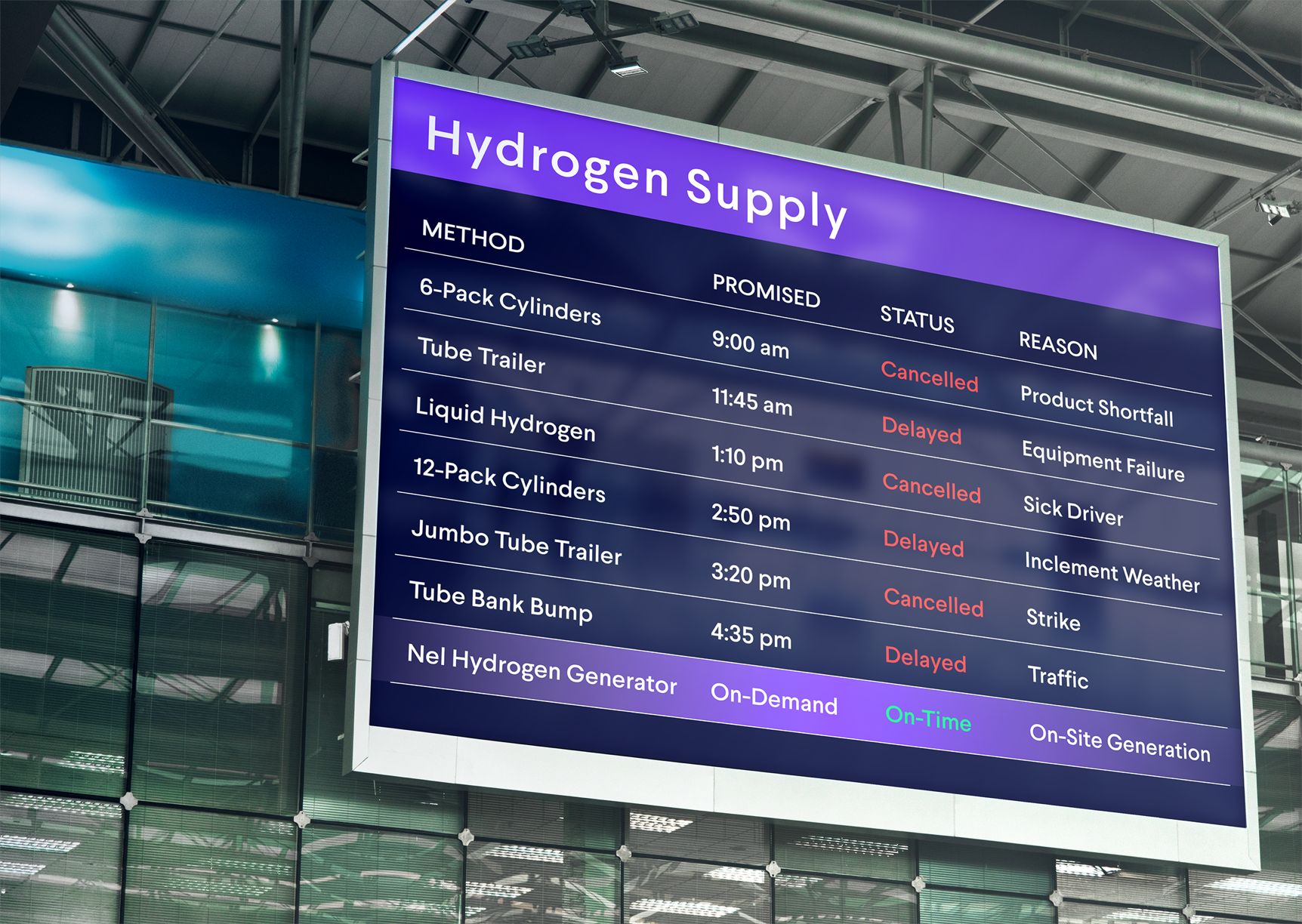
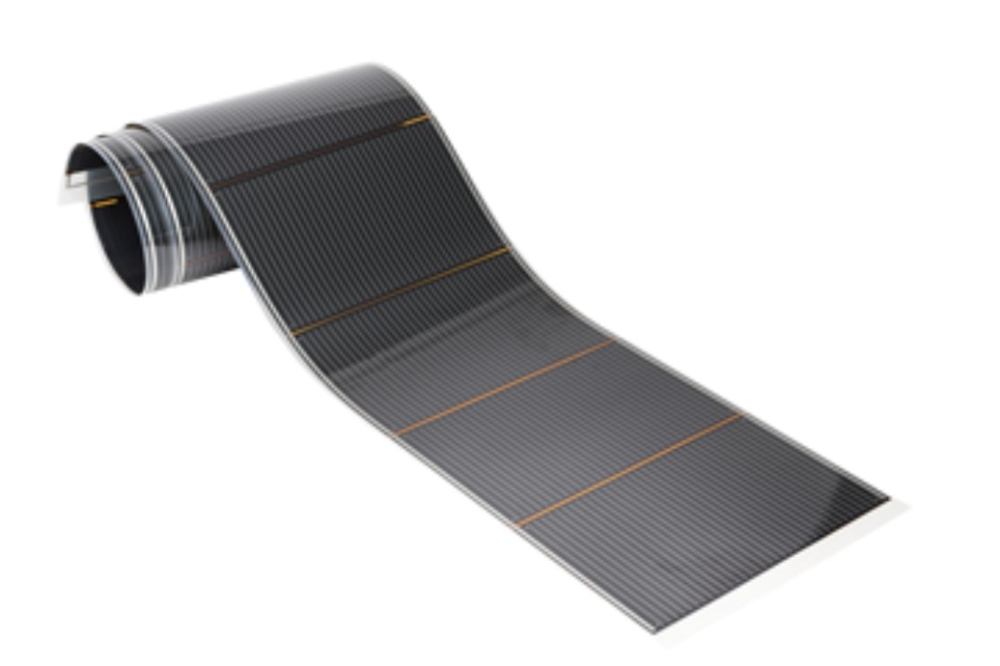
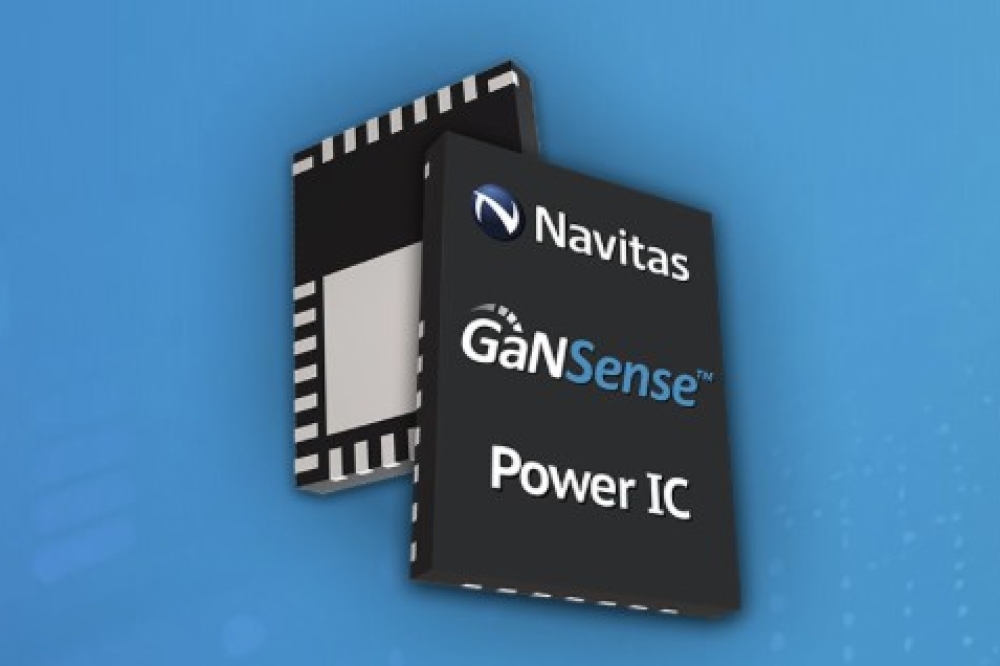
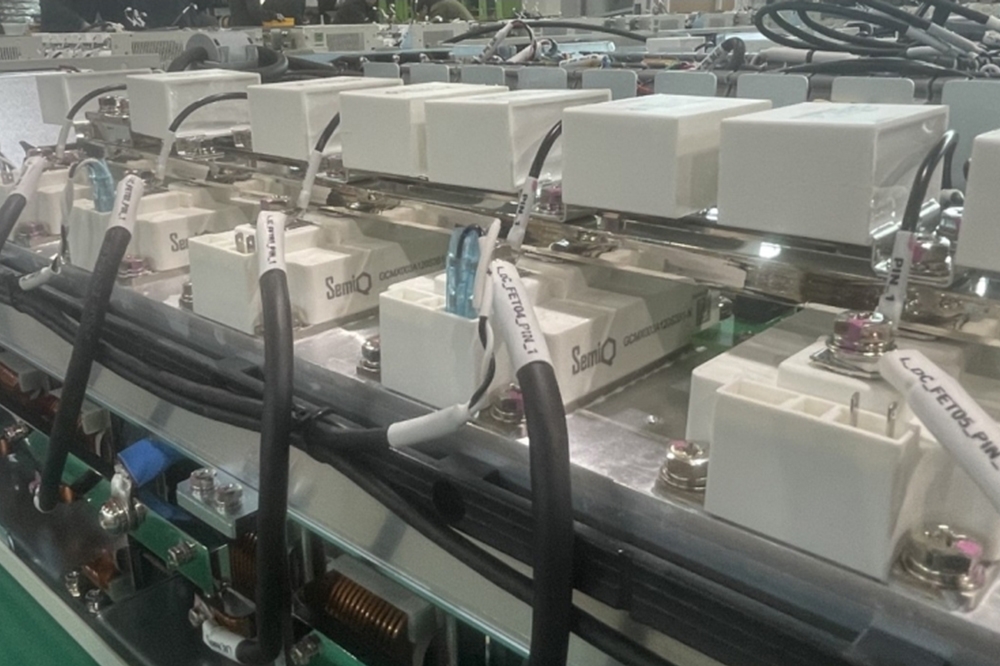
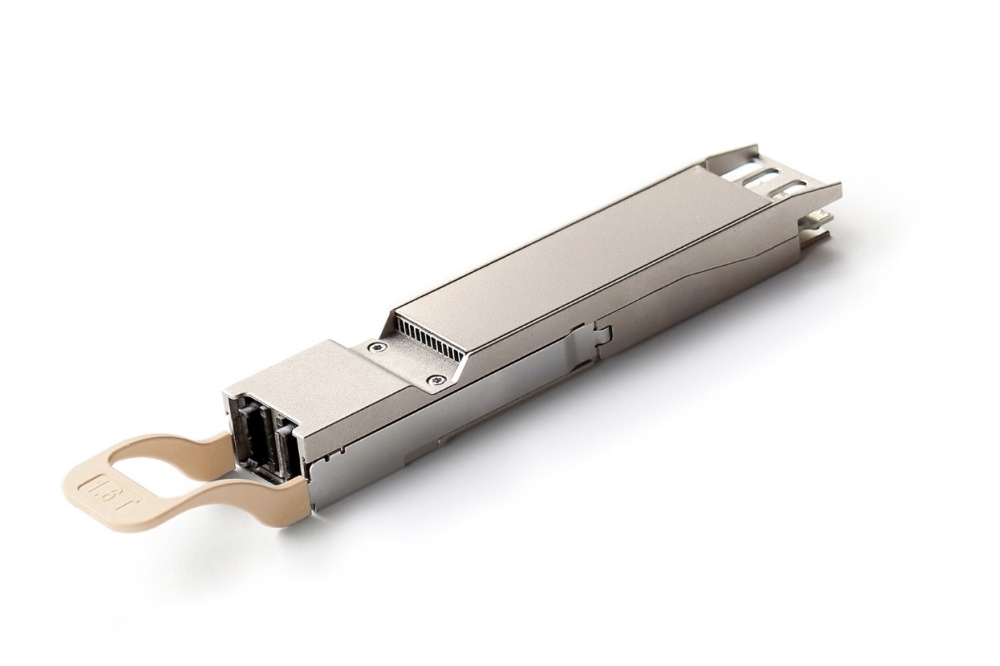

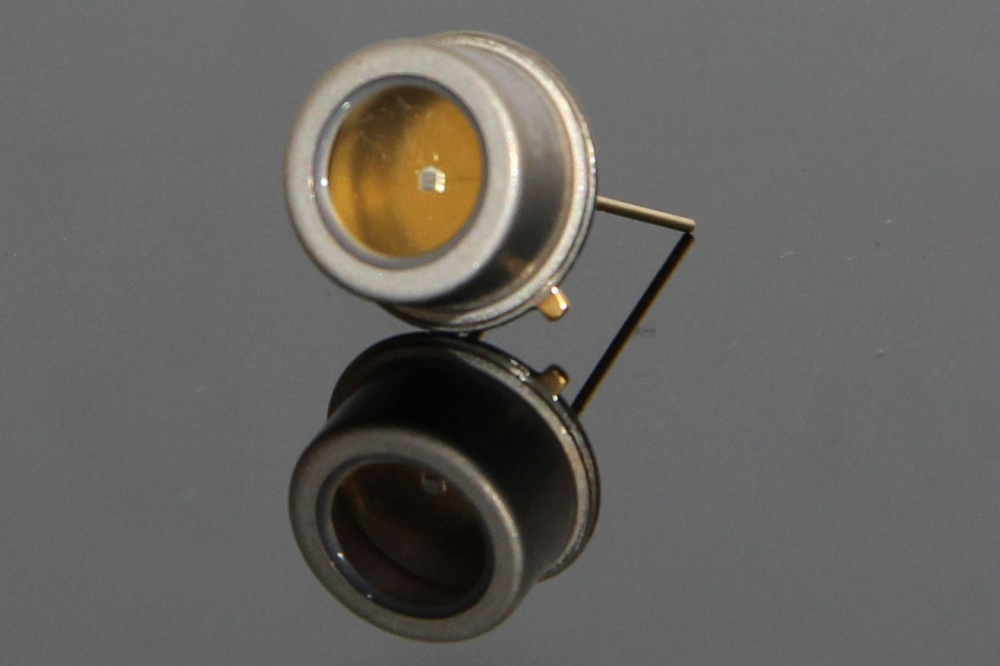
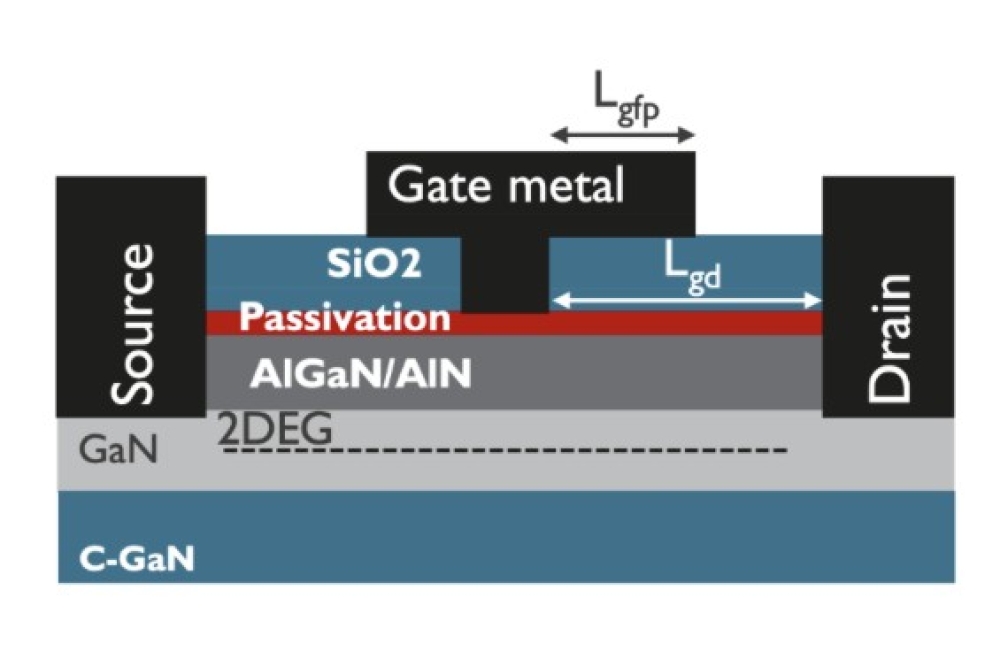
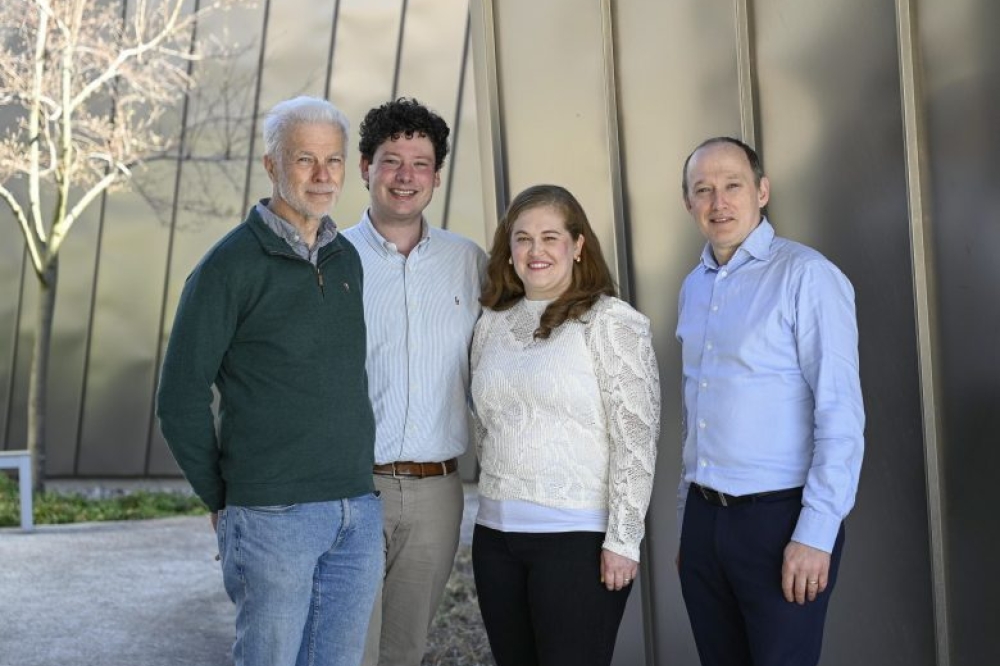
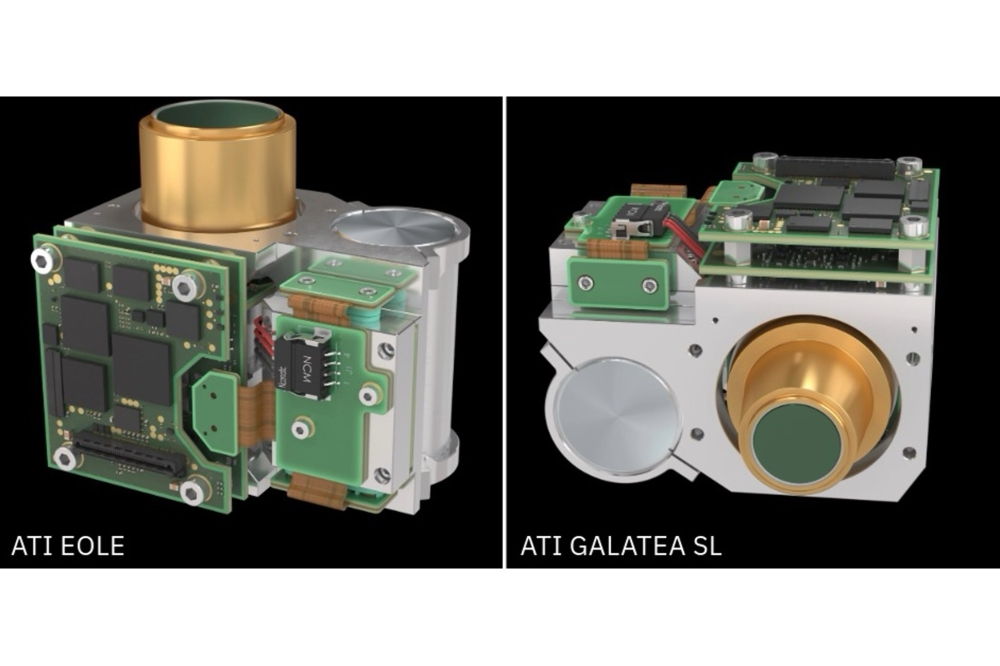
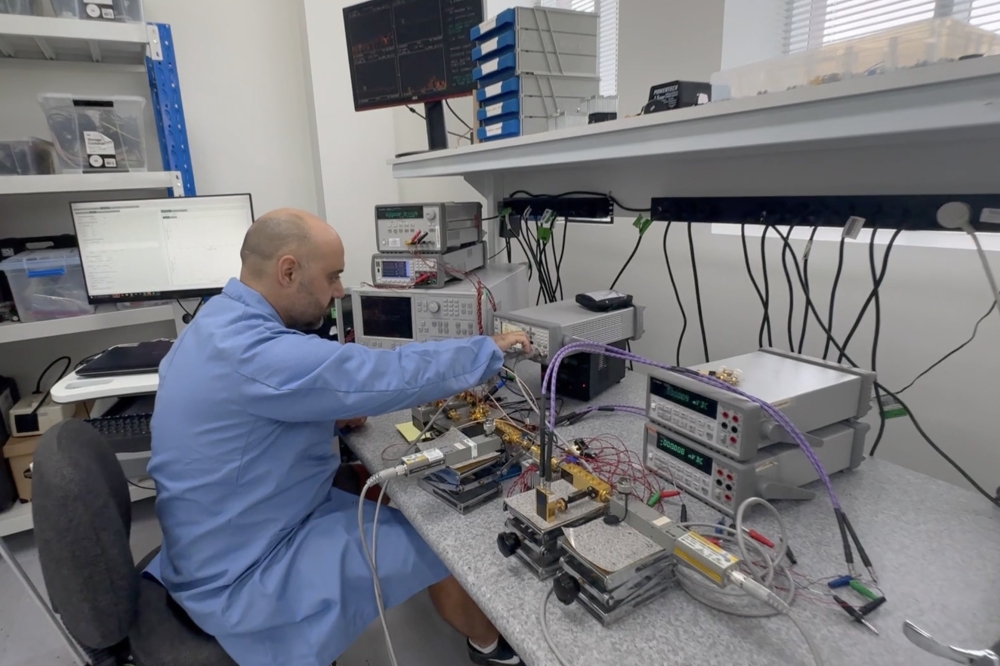

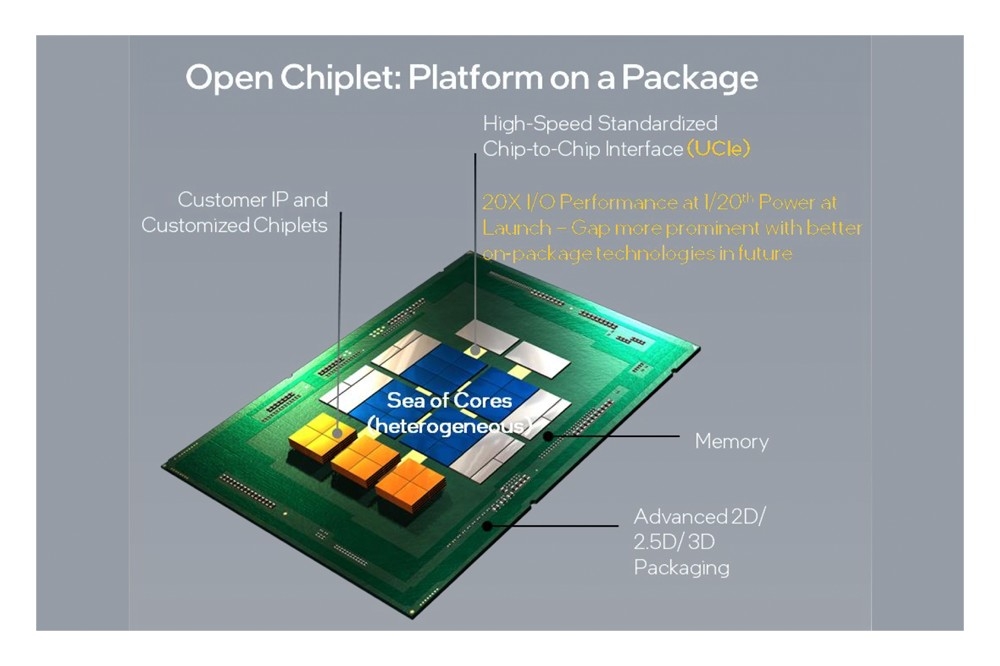

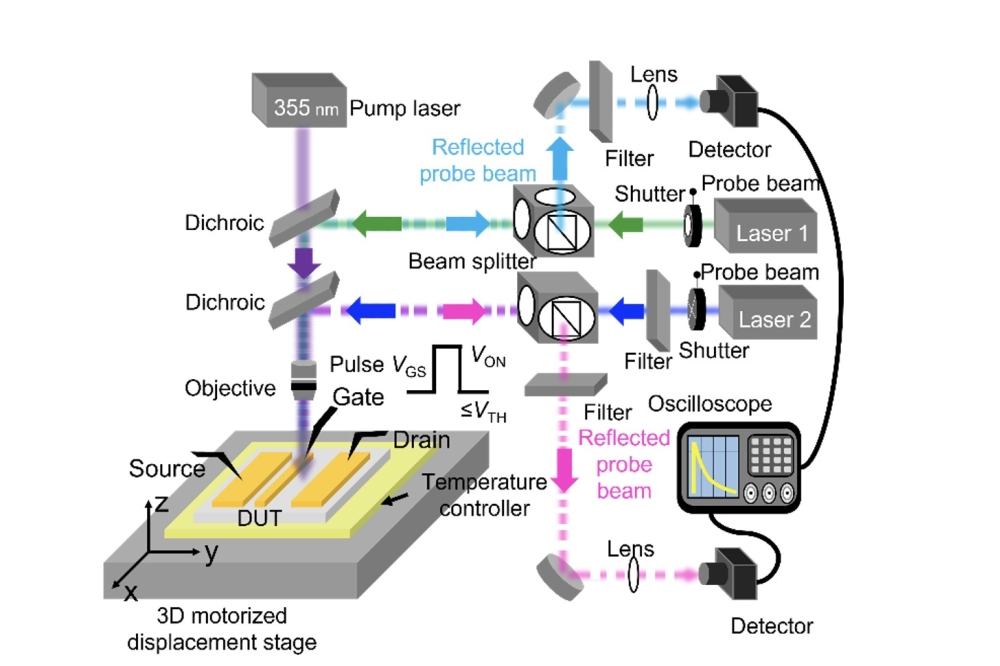
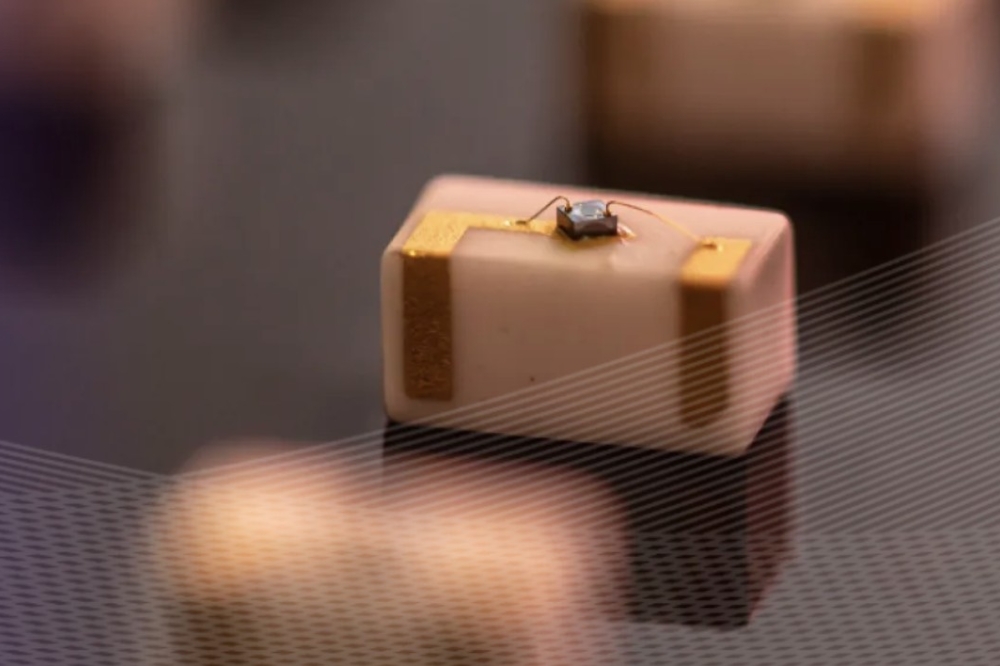
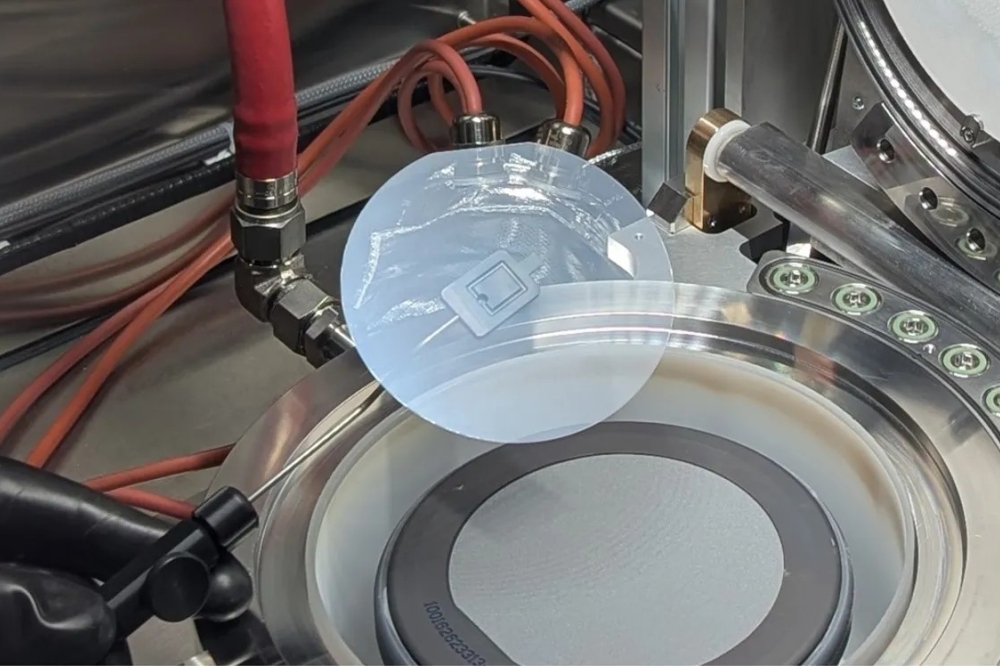



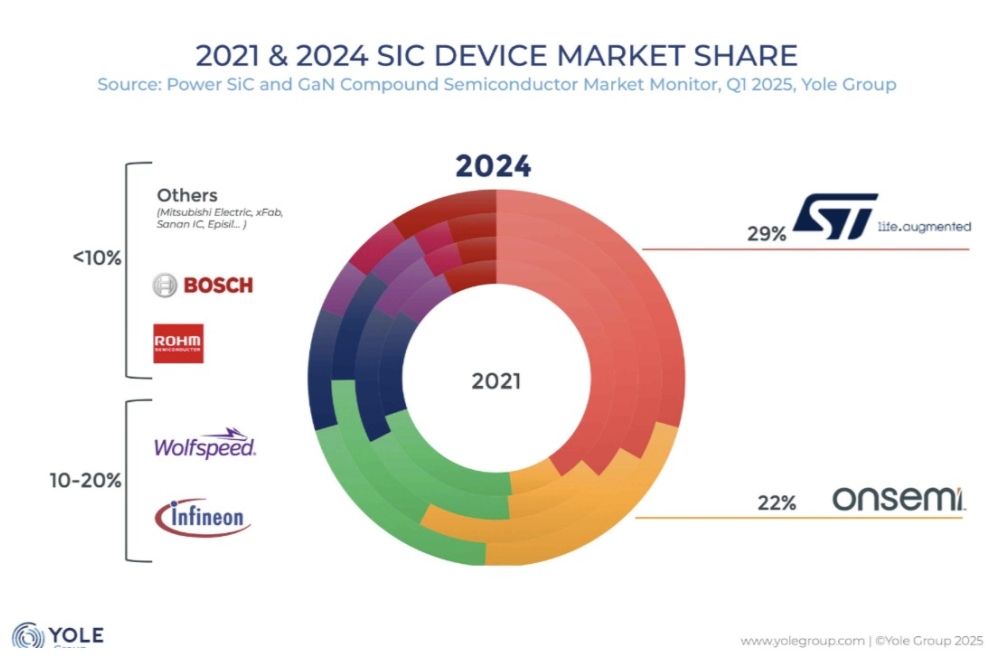
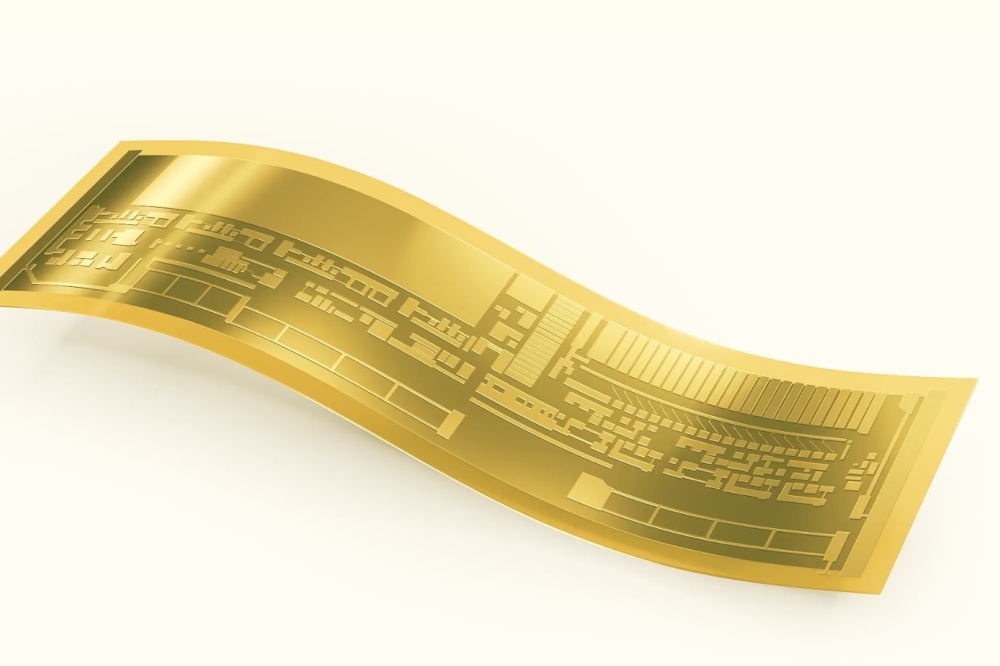



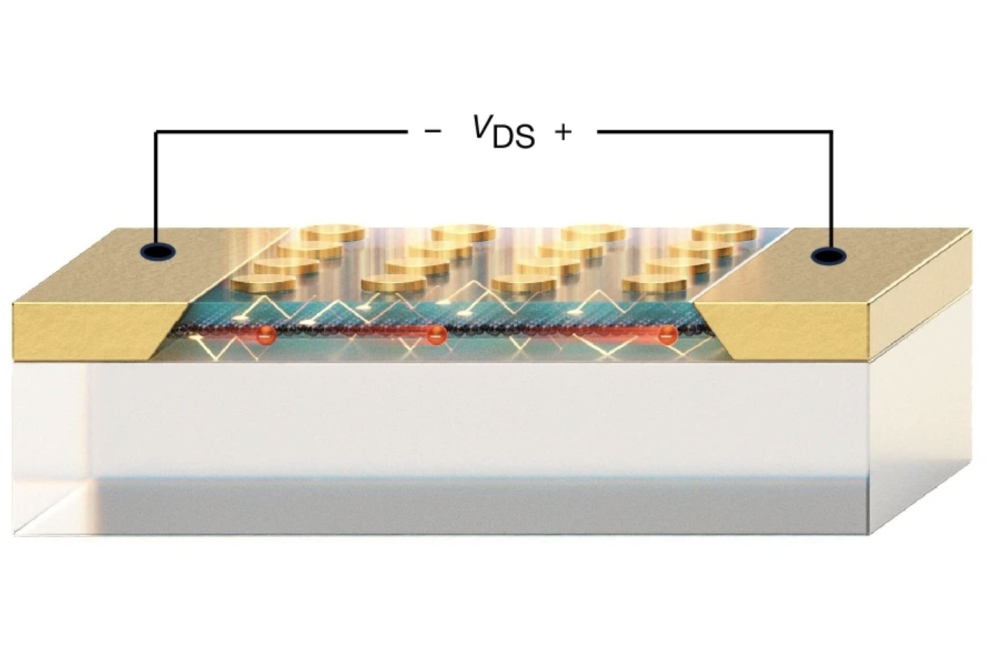
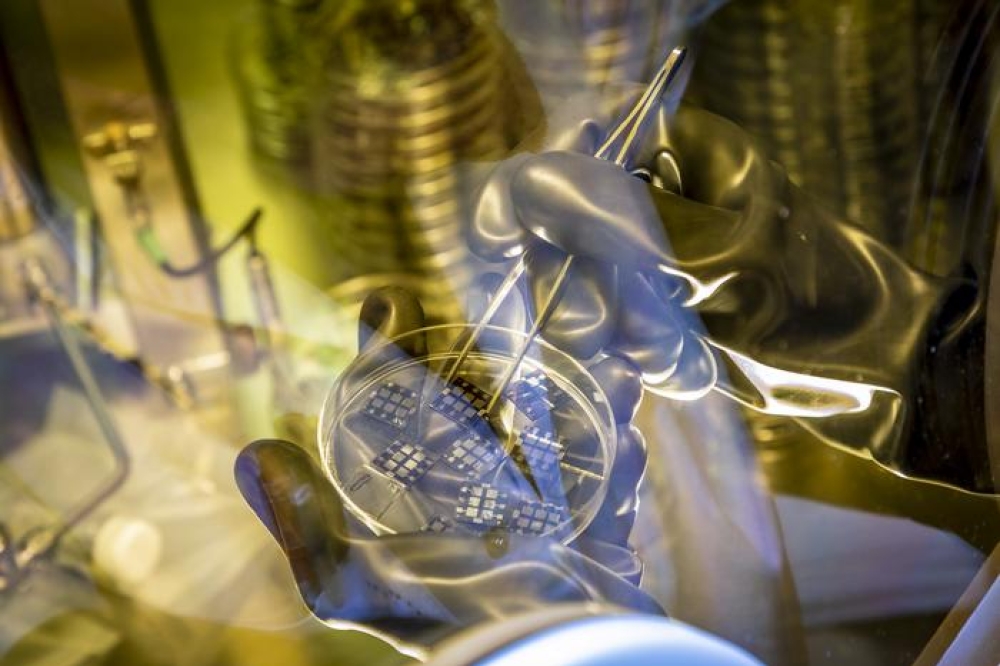

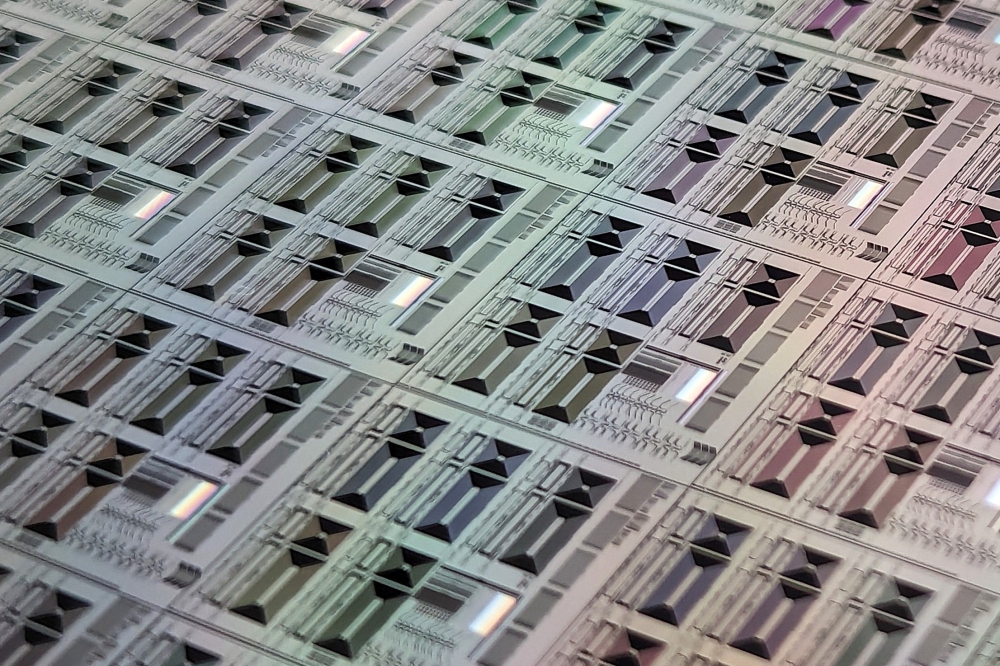



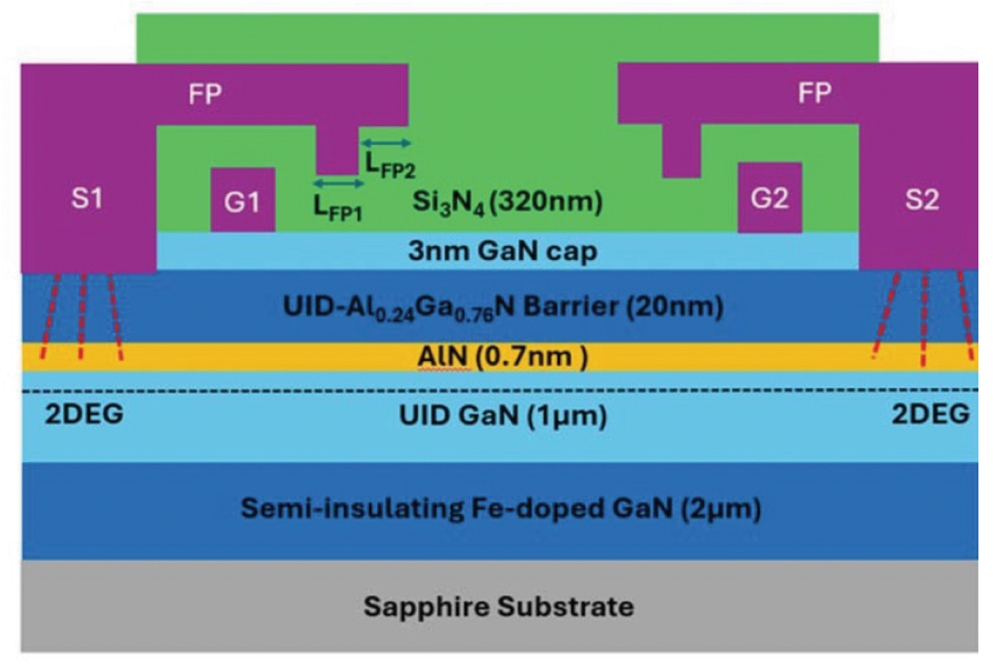
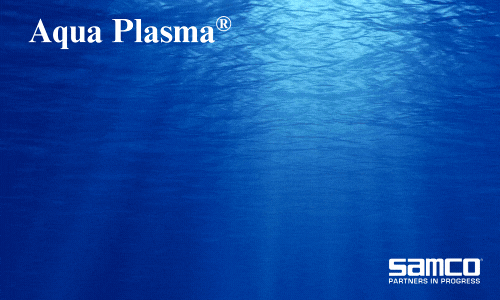

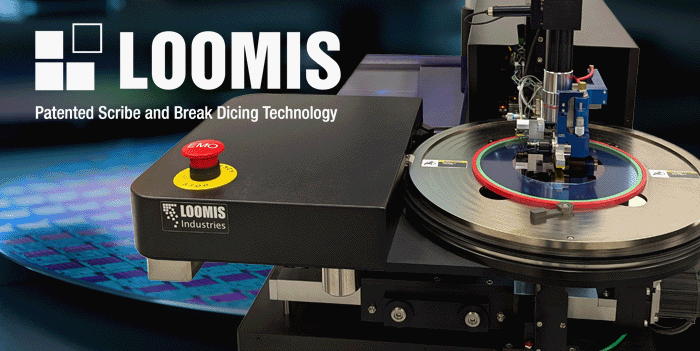














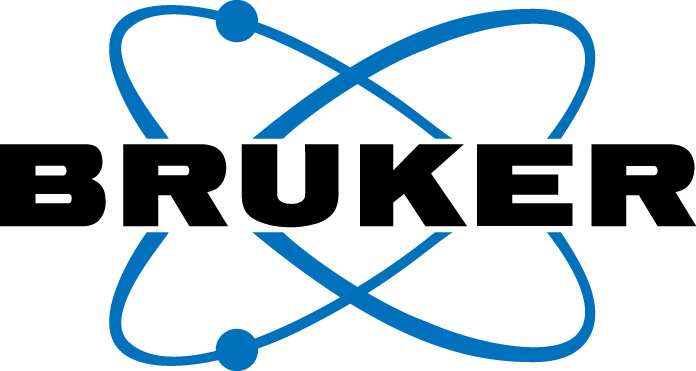







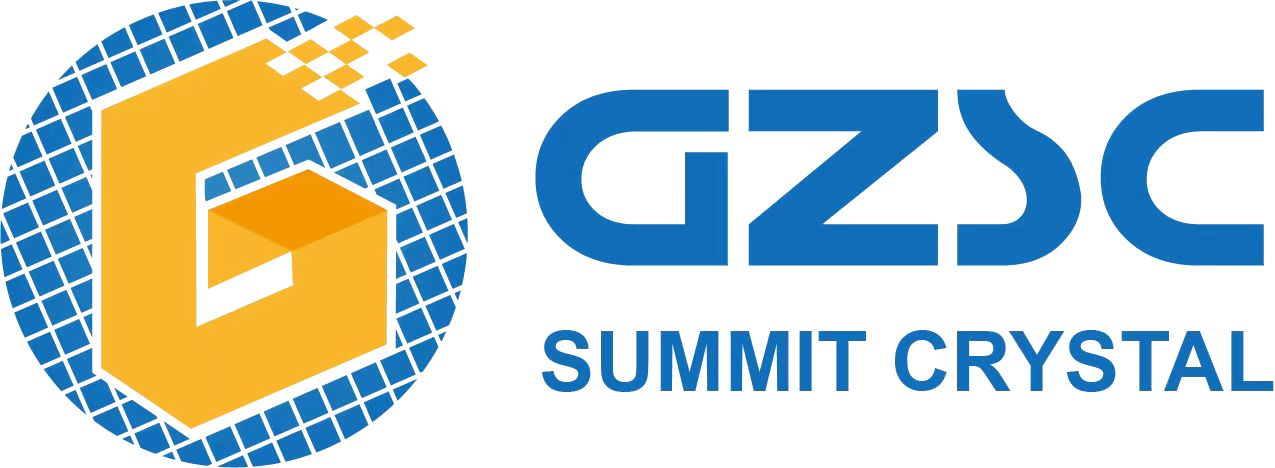




.jpeg)






